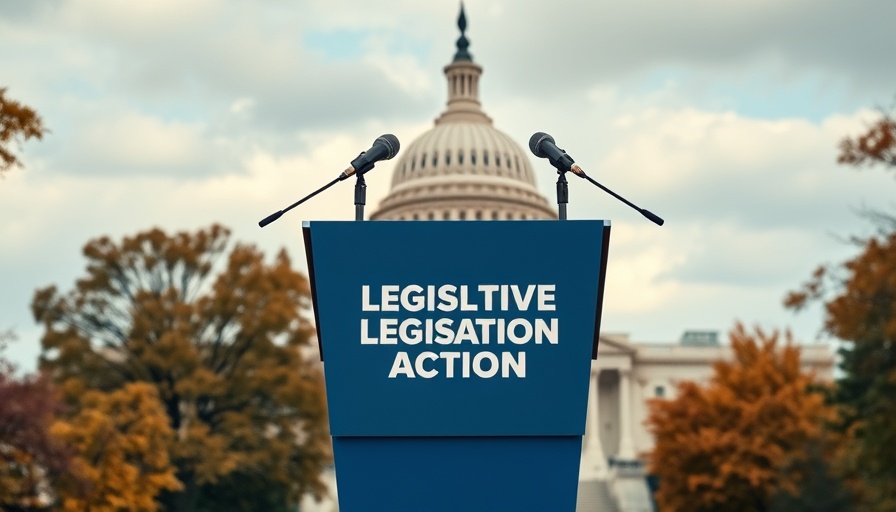
Understanding the Kids Online Safety Act: A Necessity for Today’s Digital Age
As children increasingly navigate the digital landscape, parents are rightfully concerned about their online safety. The proposed Kids Online Safety Act (KOSA) is a vital legislative response aimed at addressing these concerns. This act seeks to protect minors from harmful online content while requiring social media platforms to implement more rigorous safeguards for youth. But what does KOSA entail, and how could it impact your child’s online experiences?
The Core Objectives of KOSA
KOSA aims to establish a framework where tech companies must take active measures to ensure that social media platforms are safe for children. By requiring age verification processes, the act seeks to limit children’s access to explicit or harmful materials. It mandates that platforms disclose their content moderation policies and implement robust reporting systems for harmful content. This could significantly empower parents, giving them the tools to monitor their children’s online interactions more effectively.
Why Online Safety is Imperative for Children Today
The rise of smartphones and social media has changed how children communicate and learn. Yet, this convenience comes at a cost. Reports reveal rising levels of cyberbullying and exposure to inappropriate content among young users. For concerned parents, understanding the implications of platforms like TikTok and Instagram is crucial. The need for KOSA emphasizes that without regulation, online environments can become perilous for impressionable minds.
Comparing KOSA to Existing Regulations
While KOSA aims to add a layer of protection, there are existing policies like the Children’s Online Privacy Protection Act (COPPA) that lay the groundwork for protecting minors online. However, COPPA primarily focuses on data collection, leaving gaps in terms of content exposure. KOSA’s emphasis on content moderation could fill these gaps, ensuring that safety extends beyond mere privacy concerns.
Embracing diverse Perspectives: Voices from Advocacy Groups
Supporters of KOSA, including child advocacy groups, argue that the act represents a crucial step towards safeguarding vulnerable youth online. However, some critics express concerns about potential overreach, questioning whether such regulations may inadvertently stifle free speech. Balancing these perspectives will be paramount as the act progresses through Congress. Engaging in the dialogue surrounding KOSA not only benefits parents but enriches the legislative process, making it more inclusive.
Taking Action: What Parents Can Do
As the Kids Online Safety Act gains momentum, parents can take proactive steps to ensure their children's safety online. Start by discussing the importance of online privacy and appropriateness with your children. Encourage open conversations about their digital lives and monitor their engagement with online content. Additionally, consider utilizing parental control tools that can reinforce the act's objectives in your household. Empower your children by educating them on recognizing negative online behavior and reporting it.
Balance is Key: Screening Time Limits
While KOSA aims to shield children from harmful content, there is also a continuous conversation around the importance of managing screen time. Research indicates that moderate use of educational apps and games can enhance learning when supervised properly. Establishing screen time limits in conjunction with the guidelines KOSA might enforce ensures an engaging yet safe online experience for children.
Engage Your Voice: Participate in the Discussion
As KOSA heads toward legislative scrutiny, it’s important for parents to stay informed and vocal. Engaging in community discussions, reaching out to your local representatives, and sharing your insights can contribute to a more comprehensive understanding of how KOSA impacts our families. Collaboratively working with other parents can also empower you to advocate for your children’s safety online.
In conclusion, the Kids Online Safety Act is not just another piece of legislation; it’s a critical step towards establishing a safer online environment for our children. As parents, our role is to engage with this initiative proactively. By staying informed, advocating, and participating in discussions, we can shape a digital landscape that prioritizes the well-being of our youth.
 Add Row
Add Row  Add
Add 




 Add Row
Add Row  Add
Add 

Write A Comment